By John Breslin
A new Texas company is promising to eliminate emissions from flare stacks within hours, saying it can do so at a lesser cost than its competitors in the market.
Maze Environmental announced earlier this summer that it has developed an innovative process to capture 100% of potential emissions in eight hours. Maze Environmental enters the market at a time when federal and state governments are tightening the rules on emissions from flare stacks.
Earlier this year New Mexico’s oil and gas regulator, the Oil Conservation Commission, voted to approve what some officials have called the “strongest gas capture requirements in the nation.” The Associated Press reported that these New Mexico rules are more stringent in that they also apply to the midstream sector of the industry covering the collection of natural gas from wells for processing. Additionally, the Wall Street Journal reported earlier this summer that the Biden Administration has moved to “restore environmental regulations to limit the amount of methane that leaks from U.S. oil and gas production facilities,” which President Donald Trump curtailed during his administration.
Brooks Pearce, chief executive of Maze Environmental, said the company has developed a method “to optimize the way operators operate facilities” and dramatically reduce emissions using mostly existing equipment.
Companies in the business of reducing emissions from flare stacks capture the gases for reuse, but are increasingly using technology to monitor the combustion in real time.
Pearce, however, says he has come up with a new method, which is ready to market.
“I’ve been in the energy problem-solving game for decades now, and through the course of my work was racking my brain for a comprehensive solution to flaring,” Pearce told the New Mexico Sun. “Sure enough, I eventually came up with a new method, modeled it, tested it, modified it, and now the Maze method is ready for market.”
How does the method accomplish the elimination of emissions?
“We sought out to modernize the upstream process,” Pearce said. “The irony is that we’re using much of the same equipment.”
It’s from this added efficiency, says Pearce, where Maze Environmental can “help solve the industry’s tank emissions issues and turn what used to be emissions into swelled oil and revenue.”
Pearce believes New Mexico operators can benefit from Maze, and the company is confident it can “retrofit virtually any facility to not only make and keep it compliant but also more efficient than ever imagined before.”
New Mexico regulators will require operators who manage oil and gas pipelines infrastructure to “capture more gas each year” with a target of capturing 98% of waste by the end of 2026. Those who fail will be denied permits, according to the Associated Press.
“States are conducting flyovers to enforce compliance of emission standards,” Pearce said. “And companies are scrambling for solutions, as the government is focused on the punitive rather than the constructive.”
In more general terms, Pearce believes the private sector has the motivation and the ability to move more quickly on emissions if government is less involved.
“The public sector’s approach to the private sector is flawed because it involves too many sticks and not enough carrots. When left to their own devices, companies are naturally motivated by profit considerations,” he said. “And when the government gets involved, those companies are motivated to do the bare minimum to remain compliant and evade fines.”
Pearce says therein lies the beauty of the “Maze Method” whose byproduct of increased compliance and reduced emissions is “more safety, more oil, and more revenue.”
Read the story directly from the New Mexico Sun.

